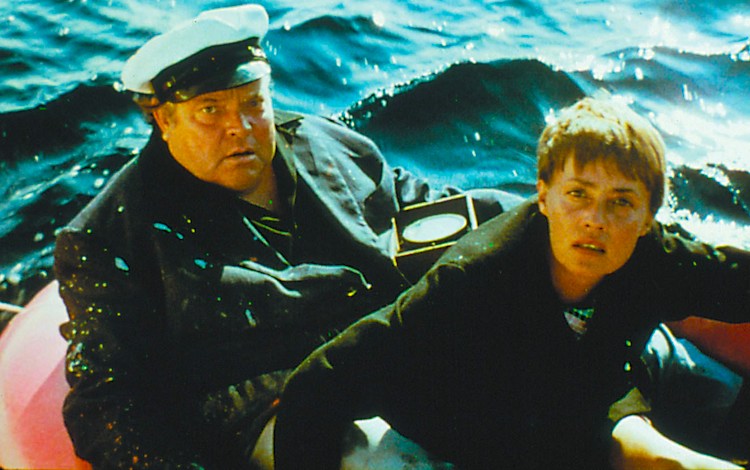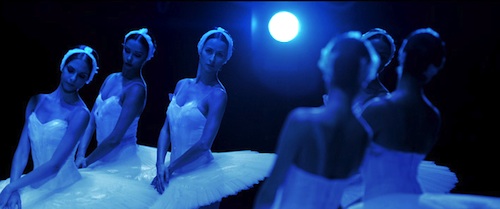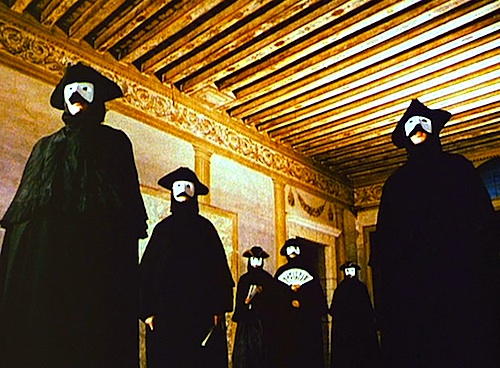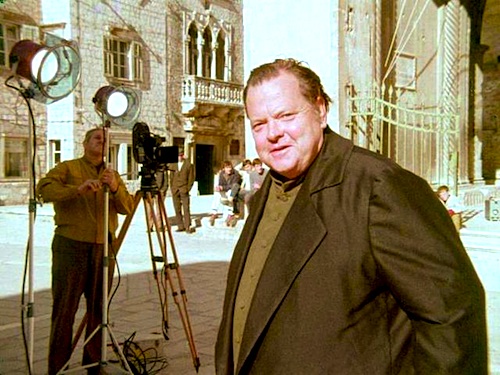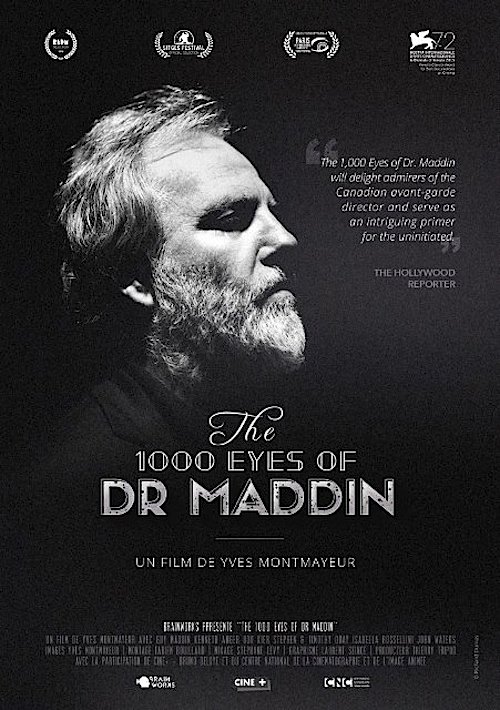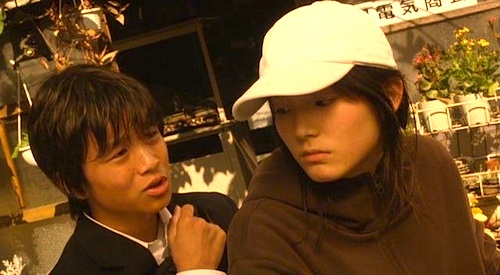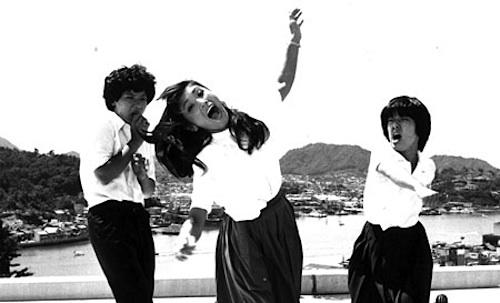By Joe Bendel. Hopefully Guy Maddin (who is scheduled to present a screening at MoMA this Tuesday) was in town last night and able to attend the final Unknown Welles screening, because it was the closest thing to seeing the sort of “ghost films” that have inspired so much of his recent work. You could even say the surviving stitched-together work prints had a spectral look not unlike Maddin’s films. Frustratingly, Orson Welles never finished his adaptation of Charles Williams’ Dead Reckoning (later filmed by Phillip Noyce as Dead Calm), but you could get a vivid sense of what it would have been like when the work print of Welles The Deep screened last night at MoMA as part of the 2015 To Save and Project International Festival of Preservation’s Unknown Welles sidebar.
No Welles fan will be surprised to learn the negative for The Deep is now lost, as are a few scenes here and there. As per his working method, most of the film audio was supposed to be dubbed in later, but Welles hit a snag when his star Laurence Harvey passed away. Repeatedly, Stefan Droessler of the Munich Filmmuseum stressed to the audience this was a work print, struck from the negative on the cheapest, crummiest film stock available. Its sole purpose was to serve as the vehicle for Welles’ editing mark-ups, which he did in a manner guaranteed to maximize confusion for future film restorers. You have to watch it with an eye for what could have been. Frankly, it is probably helpful to have seen the extended teaser trailer Welles cut together that screened with the fragments of The Dreamers to understand the intended look and flow.
Unlike Noyce’s Dead Calm, Welles is more faithful to Williams’ novel, maintaining the original five character cast. It starts in much the same fashion, with John and Rae Ingram becalmed in the middle of the ocean, but not particularly concerned about it. The Saracen still has auxiliary power, but being newlyweds they rather enjoy the time together in the middle of nowhere. Much to their surprise a dinghy approaches carrying the nearly dehydrated Hughie Warriner. He has come from the sinking yacht just now drifting into view.
After tending to the exhausted Warriner, Ingram rows over to the listing Orpheus to investigate inconsistencies in the shipwreck’s story. Unfortunately, once he reaches the sinking vessel, Warriner fires up the Saracen’s motor, abducting his wife and leaving him stranded, but he is not alone though. Warriner’s beleaguered wife Ruth and the Orpheus’s owner Russ Brewer were huddled below deck. Having faith in his wife’s survival instincts, Ingram does his best to make the Orpheus seaworthy. Although Brewer is not particularly helpful, he would also like to catch up with Warriner, who murdered his wife (under circumstances that remain rather murky).
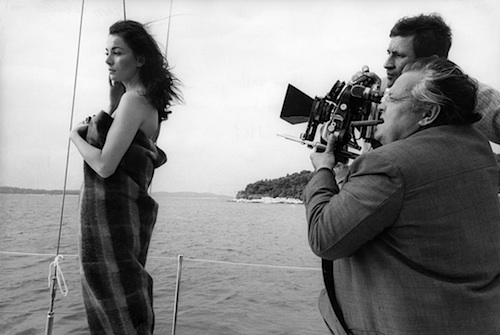
Granted, Welles still had a lot of tightening up to do on the work print, but you can see the makings of a nifty thriller in there. It is obviously a crying shame The Deep was never completed and released, for a number of reasons. It probably would have been regarded as a rough equivalent of Touch of Evil. Clearly, it also would have made great strides in establishing Oja Kodar as a legitimate star in her own right, as Welles so desired. Today, only fans know her as Welles’ just-what-was-she-again, but The Deep would have been some sort of name for her. It is safe to say she is as good as Nicole Kidman in Dead Calm—and stills of her in her bikini and bright red sun hat would have been super publicity-friendly.
The Deep also would have burnished Harvey’s reputation. He was a big name in his day, but now he is largely remembered for The Manchurian Candidate, which had been largely withdrawn from public circulation until its 1988 re-release. Hughie Warriner easily would have been his second iconic role. Of course, Welles and Jeanne Moureau were no slouches either, as Brewer and Ruth Warriner, respectively. There is comparatively less audio of Moureau to extrapolate from, but Welles was deliciously caustic judging both from droll overdubs and his corresponding facial expressions.
The Deep is especially tantalizing because it is so close to being finished, yet so far. It really could have been a commercial hit for Welles. Maybe someday it still can. Regardless, it is a treat to see it, even in a form in which it was never meant to be seen. An absolutely fascinating viewing experience, The Deep was a fitting conclusion to this year’s To Save and Project at MoMA.
Posted on November 23rd, 2015 at 11:59am.
